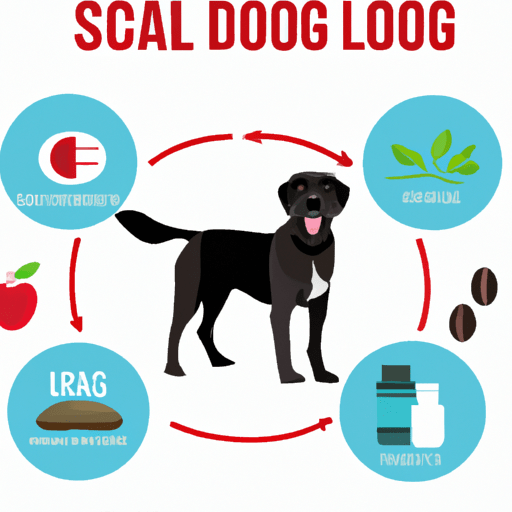“`markdown
How to Increase Red Blood Cells in Dogs
As a canine caregiver, you’re the first line of defense when it comes to your furry friend’s health. This guide will help you understand how to increase red blood cells (RBCs) in dogs, ensuring that your four-legged friend stays healthy and energetic.
Understanding The Importance of Red Blood Cells in Dogs
Red blood cells, or erythrocytes, are essential for your dog’s health. They carry oxygen from the lungs to the rest of the body, provide energy, and remove carbon dioxide from the body. A decrease in RBCs can lead to anemia, which could expose your dog to a host of health issues.
Identifying Symptoms of Low Red Blood Cells in Dogs
Before you can increase your dog’s RBC count, you’ll need to know the signs of a low count. These can include:
- Lethargy or fatigue
- Rapid heart rate
- Pale gums
- Reduced appetite
- Weight loss
If your dog displays any of these symptoms, consult with a vet immediately.
How to Increase Red Blood Cells in Dogs
1. Proper Nutrition
Nutrition plays a vital role in your dog’s RBC production. Essential nutrients include:
- Iron: Found in liver, spinach, and pumpkin seeds.
- Vitamin B12: Found in fish, poultry, and dairy products.
- Folic Acid: Found in green leafy vegetables, and beef liver.
| Nutrient | Food Source |
|---|---|
| Iron | Liver, Spinach, Pumpkin seeds |
| Vitamin B12 | Fish, Poultry, Dairy products |
| Folic Acid | Green leafy vegetables, Beef liver |
2. Regular Exercise
Regular exercise promotes better circulation, which can help increase your dog’s RBC count.
3. Adequate hydration
Water is essential for all bodily functions, including the production of RBCs. Ensure your dog has constant access to fresh, clean water.
Medical Interventions
In severe cases, your vet may recommend medical interventions. These could include iron supplements, steroid therapy, or even blood transfusions.
Frequently Asked Questions
Q: Can diet alone increase my dog’s RBC count?
A: While diet plays a crucial role, other factors such as hydration, exercise, and overall health also impact RBC count.
Q: How often should I exercise my dog to increase RBCs?
A: This can vary based on your dog’s age, breed, and health. Consult your vet for a personalized exercise plan.
Q: What if my dog’s RBC count doesn’t improve?
A: If your dog’s RBC count doesn’t improve despite interventions, consult your vet for further testing and treatment options.
Remember, as a caregiver, your vigilance can make a world of difference to your dog’s health. Stay informed and proactive, and your furry friend will thank you for it!
“`



